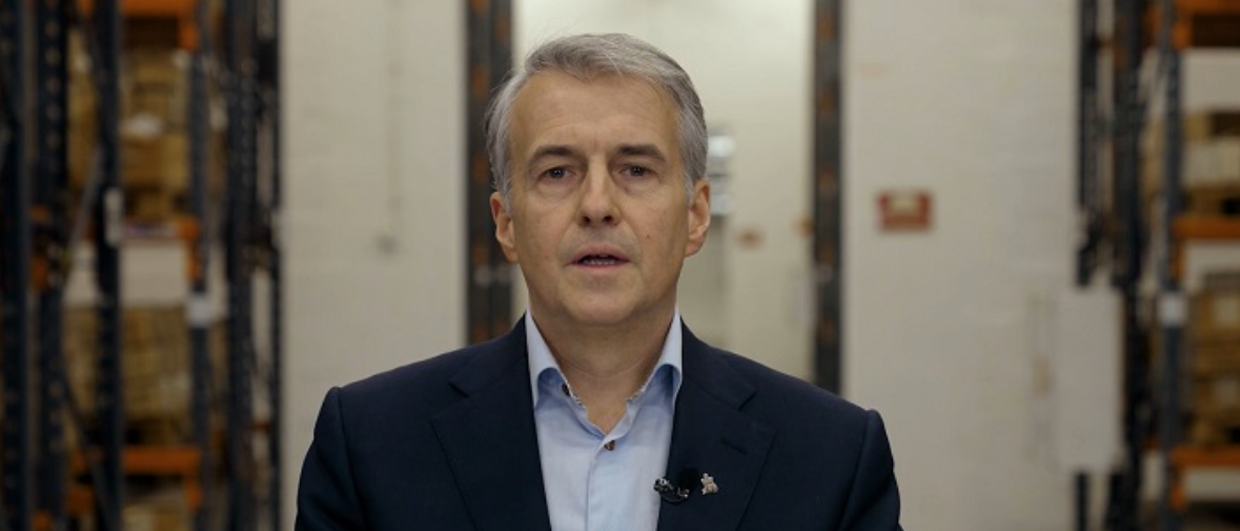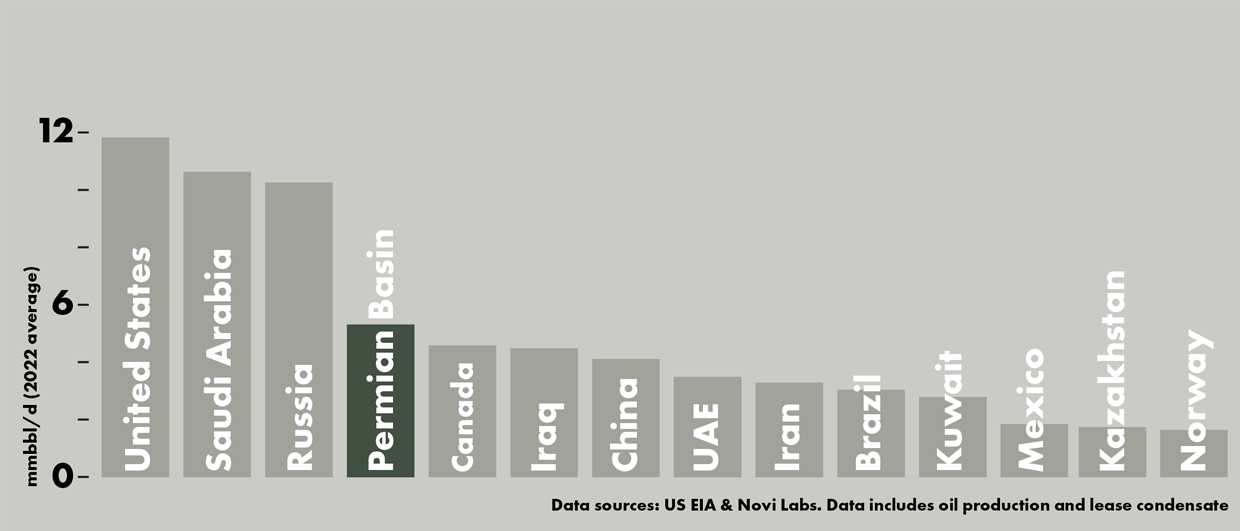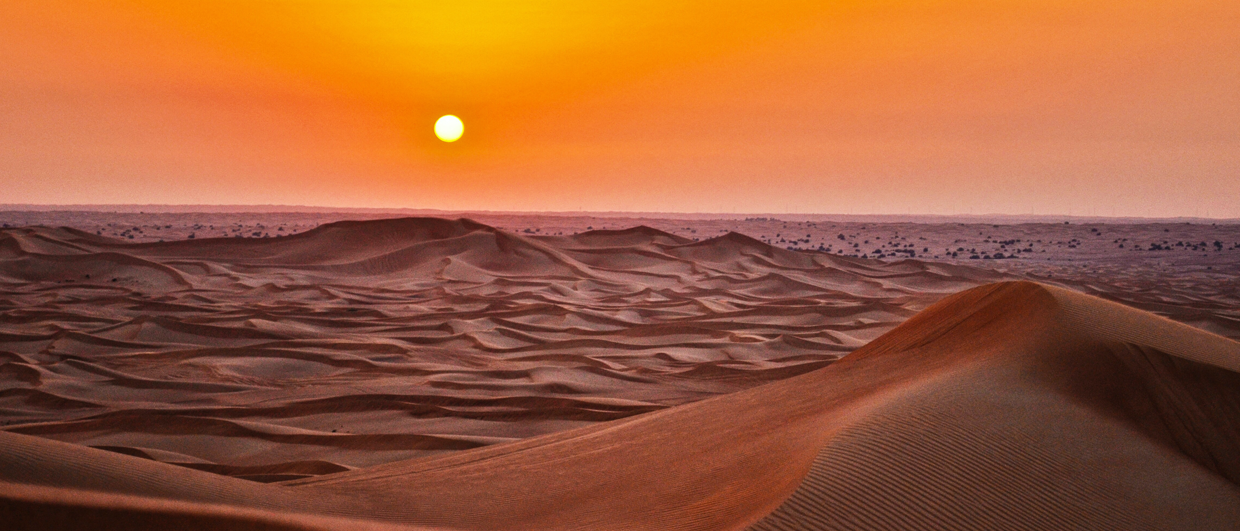Every year in January, the Norwegian Offshore Directorate – which until the turn of the year was called the Norwegian Petroleum Directorate – summarizes the activities on the Norwegian continental shelf during the previous year.
Director Torgeir Stordal began the broadcast by pointing out that the directorate’s new name better reflects the expanded area of responsibility and that the new industries of CO2 storage, offshore wind and seabed minerals will become more important in the future.
He was nevertheless clear that it is oil and gas that will account for the majority of activities and value creation for a long time to come, and emphasized that petroleum resources, and gas in particular, play an increasingly important role for Europe’s energy supply.
The Norwegian Continental Shelf Directorate (NOD) says that increased investment and development activity is contributing to the Norwegian supply chain having almost full order books for the years to come, and that this will help to keep production on the continental shelf at a stable high level until the end of this decade. Peak production is now expected in 2025, partly as a result of contributions from Johan Castberg, which will come online towards the end of the year.
Stordal particularly highlighted the developments of Yggdrasil (formerly NOAKA) and Irpa (west of Aasta Hansteen) as important.

Disappointing year when it comes to exploration
Even though he did not literally say it, it is clear that 2023 was another disappointing exploration year. The 14 discoveries – based on 34 exploration wells – produced lower resource growth than in 2022, and the lowest since 2017. The discoveries were also significantly lower than production throughout the year. Carmen and Norma were the biggest contributors to the increase in resources. In total, about 50 million standard cubic meters of oil equivalent, or just over 300 million barrels o.e. were proven.
One bright spot, however, is that the NOD expects a higher level of exploration in 2024, with between 40 – 50 exploration wells planned. However, if we are supposed to see larger discoveries than the ones that are typically being found through infrastructure-led exploration, it is necessary for the industry to devote more attention to the less explored areas.
In recent years, the focus for oil companies operating on the Norwegian continental shelf has been near-field exploration, i.e. finding new, usually quite small deposits close to existing infrastructure.
“We would like to see the companies explore poorly-known areas more actively and dare to try out new ideas”, Stordal maintained, and pointed out that it was positive that ten exploratory wells appear to be drilled in the Barents Sea this year.
Kjersti Dahle, director of Technology, also stressed the importance of the industry doing more exploration in immature areas, and pointed out that the NOD still expects that there are large, undiscovered resources on the Norwegian continental shelf.
The NOD has repeatedly warned that production from the NCS will begin to fall at the end of this decade. If resource growth is low, the fall between 2030 and 2040 will be dramatic.
See also: The Shelf in 2023: Robust activity and major investments




